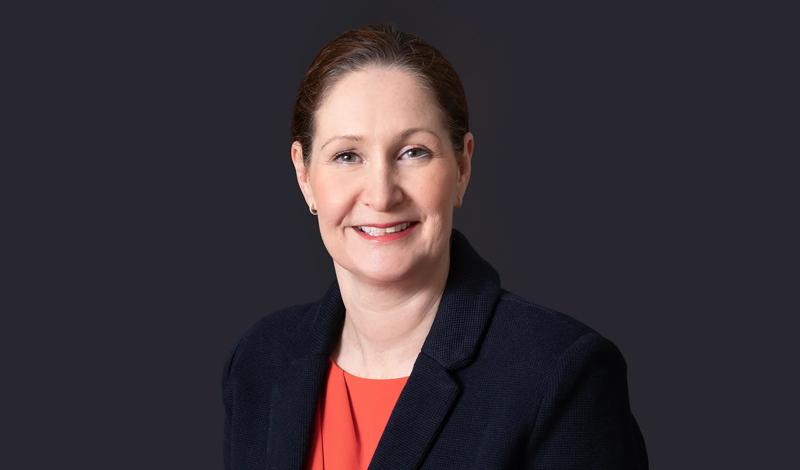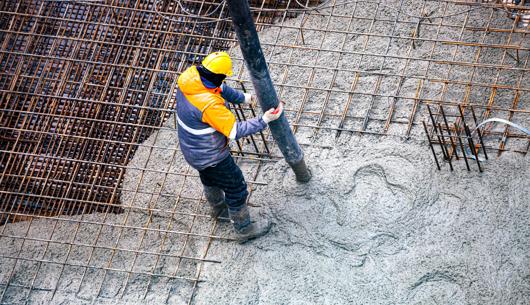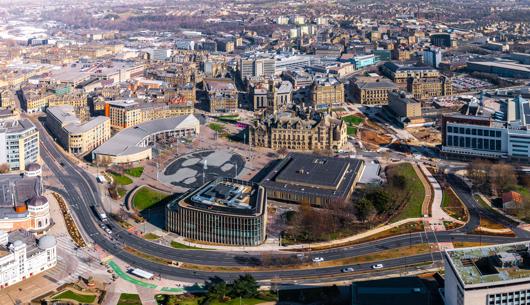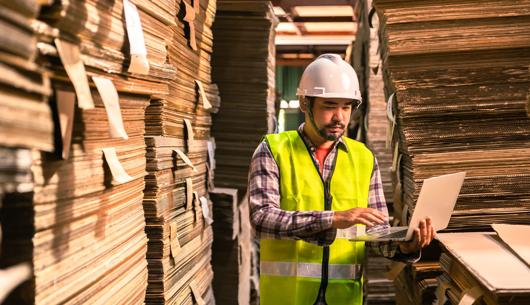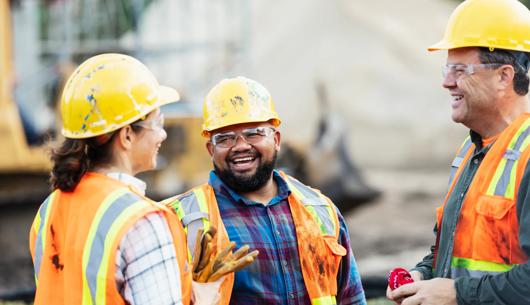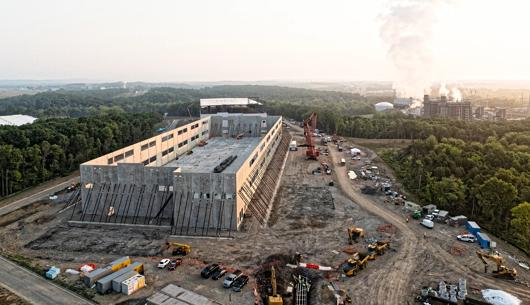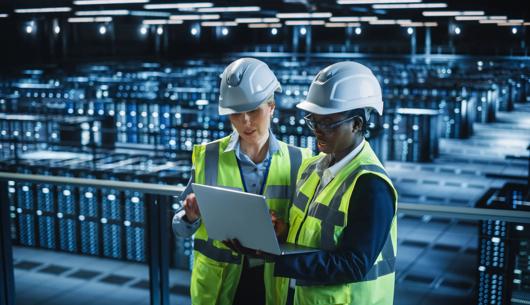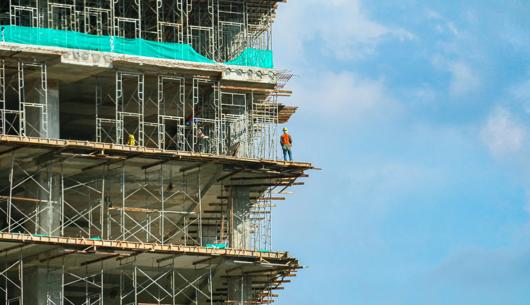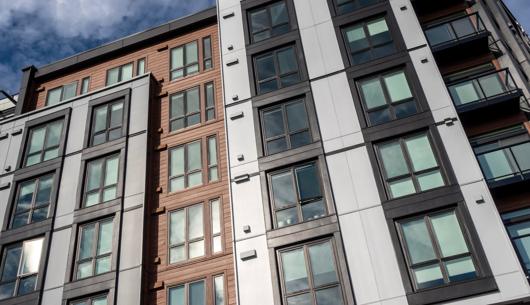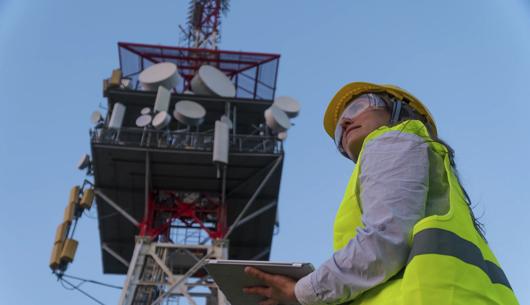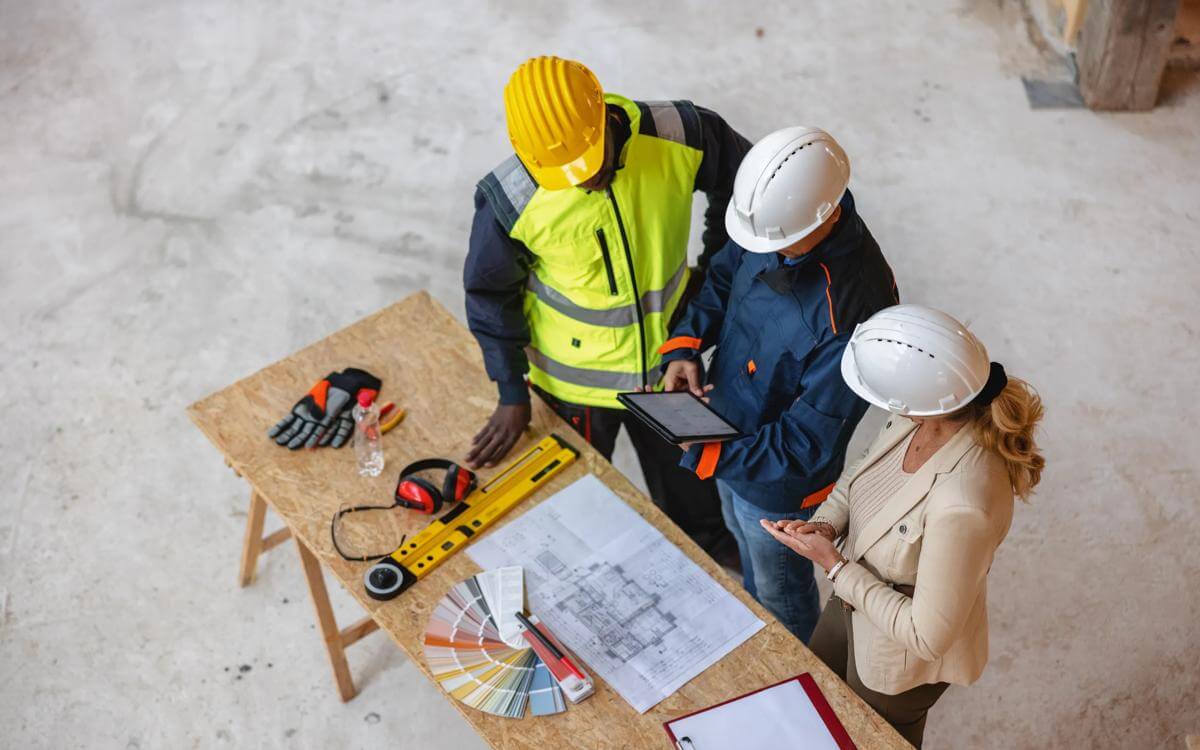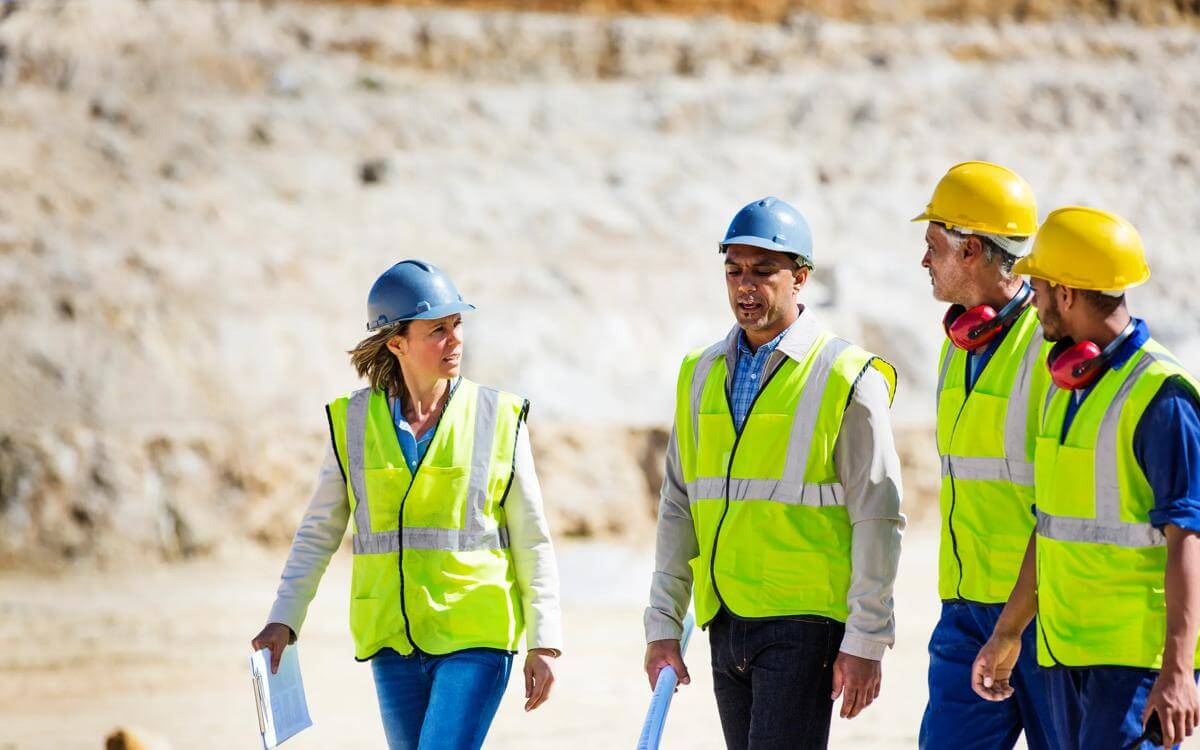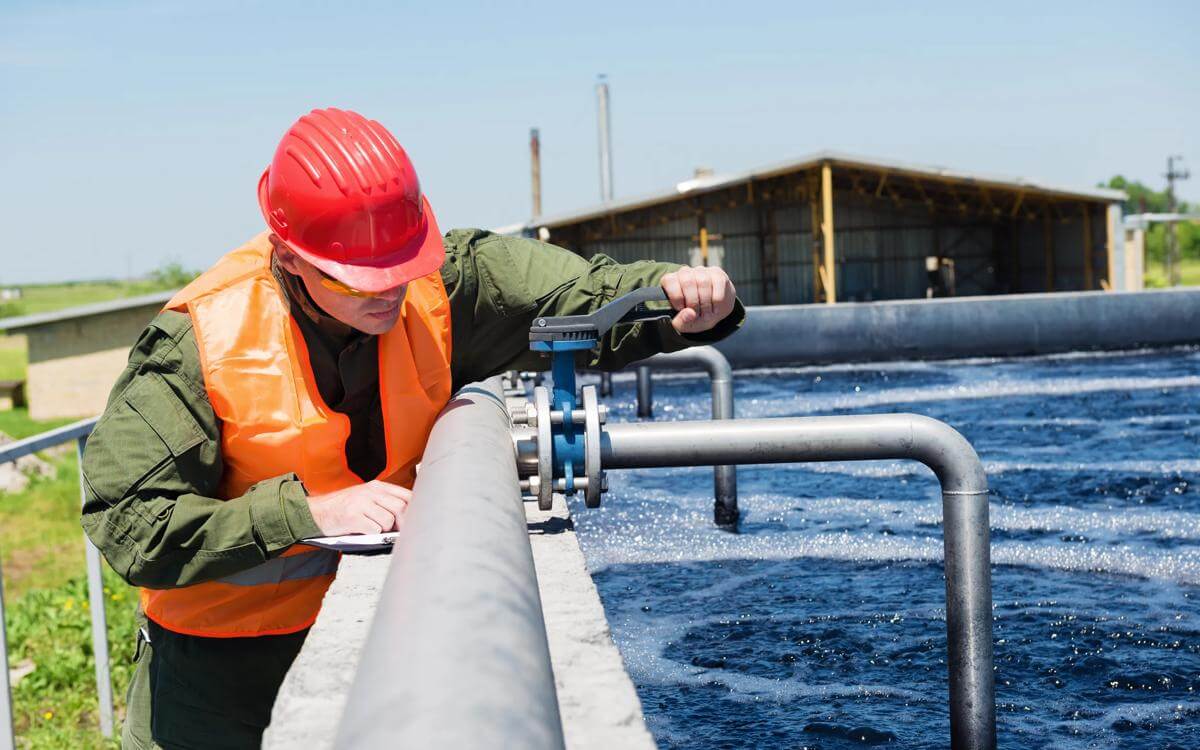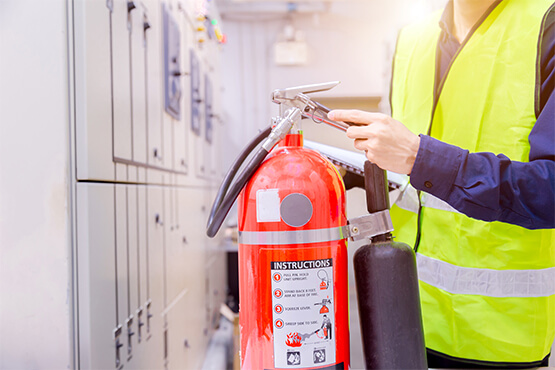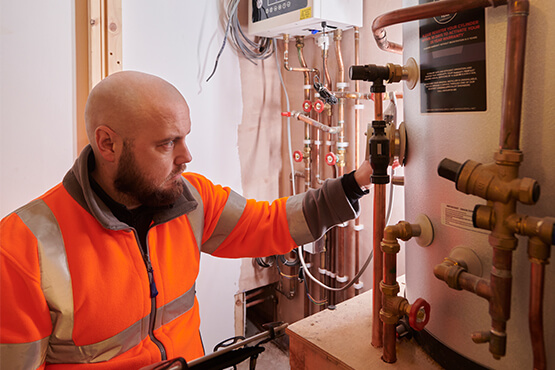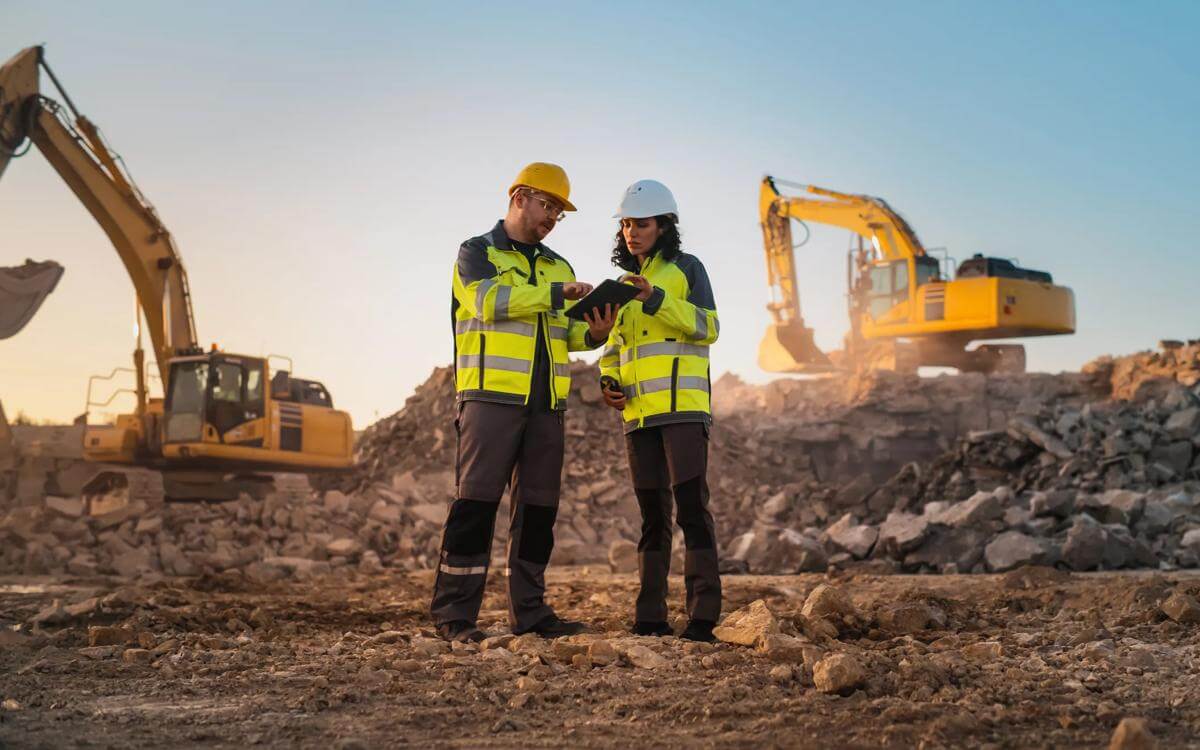Zoe Stollard, construction Partner explores the question on whether new nuclear is needed as part of the UK’s energy strategy.
The UK over the last 10 years has started to undergo a transformation in how energy is sourced, which continues to accelerate. You just have look at the statistics which clearly demonstrate the reduced reliance on fossil fuels and the increased amounts sourced by low carbon technologies.
Energy from wind and solar has almost tripled since 2012 with a heavy emphasis on both onshore and offshore wind, reducing the UK’s reliance on fossil fuels. Nuclear has stayed fairly consistent, averaging and providing around one fifth of UK energy.
Nuclear has been a mainstay of the energy mix for decades but with an ageing fleet of reactors due to be (or in the process of being) decommissioned, this could leave a gap in energy supply which is unlikely to be filled by renewable energy for a variety of reasons. Firstly, the wind does not always blow, and the sun does not always shine to provide a regular and guaranteed source of power. Building more onshore wind and solar farms will help, but these tend to be small in scale with associated planning and consent challenges and resulting return-on-investment implications.
Whilst there are significant opportunities for floating offshore in the Celtic Sea and other areas these are long-term programmes with risks which need to be taken into consideration in terms of energy security, cost and grid connectivity. I am confident that both offshore and floating offshore will have a big part to play alongside other low carbon energy solutions but as a country we need a balanced portfolio of energy.
Therefore, the planned commissioning of Hinkley Point C in a few years’ time and the building of Sizewell C is scheduled to provide a combined 13% of the UK low carbon energy needs for at least 60 years. In addition to these two large scale nuclear facilities there are many other potential opportunities at existing nuclear sites through small modular reactors and interconnecting future technologies such as hydrogen, which could provide at least a consistent 20% of energy for the rest of this century.
According to the United Nations Economic Commission for Europe nuclear is the lowest lifecycle carbon footprint of any energy source at 5.1 gCO2 equivalent per kWh. Comparing this to wind and solar, at 14 and 37 respectively, the sustainability argument is strong. In addition, when completed, the combined physical footprint of Hinkley Point C and Sizewell C will be 1 square mile. This will be a significantly smaller area to generate the same amount of electricity from solar farms or even onshore wind, thus protecting our natural environment.
The socio-economic opportunities in Nuclear should not be underestimated with thousands of highly skilled and transferrable jobs being created in the sector, not only new build but also decommissioning. Over the last 8 years I have advised a range of Tier 1 and Tier 2 contractors involved with the building of Hinkley Point C on both NEC3 and FIDIC contracts. Some were start up joint ventures or consortia and others established local, regional and international businesses. All have commented that these opportunities at Hinkley Point C will act as a springboard for future growth, which is great news for the economy with over £4.1 billion already spent with companies in the South West.
At Cannington, I have seen how the National College for Nuclear is at the forefront of helping train our future talent across a wide range of discipline areas whilst supporting the economic growth of the region: With a target of 1000 apprentices (which is on track to be achieved) and EDF Energy having invested £24m directly in education, skills and employment, this investment needs to be built upon further.
The country needs to have net zero energy security. This has been clearly demonstrated with the war in Ukraine and oil producers having the power to reduce supply, significantly adversely affecting our economy. When all the elements of security, supply, sustainability, safety and socio-economic are taken into consideration the argument of whether nuclear is needed shifts to: “how quickly can these new facilities be built?” (instead of, “should they be built?”). I look forward to the continued revival of new nuclear energy in the coming years.


